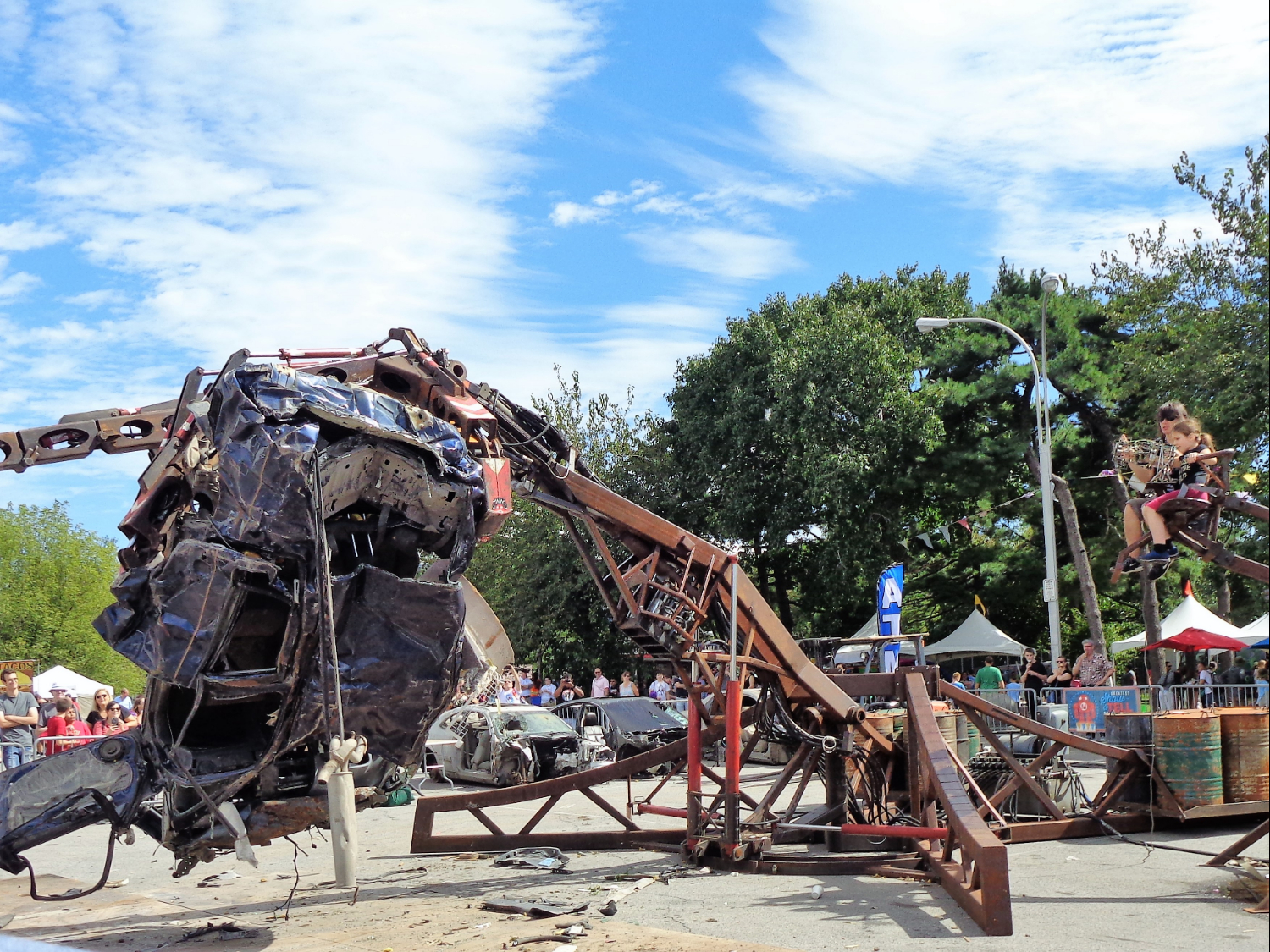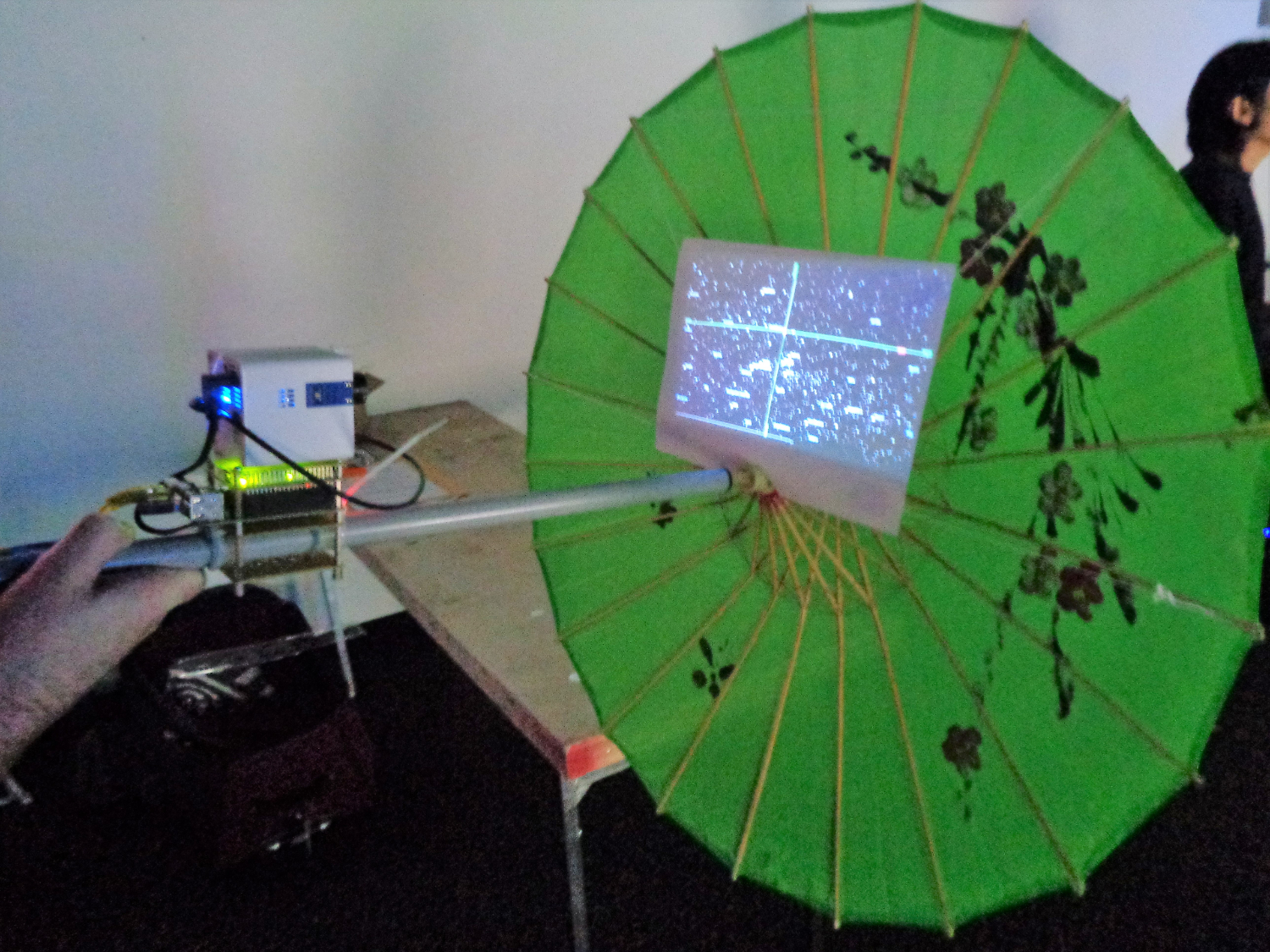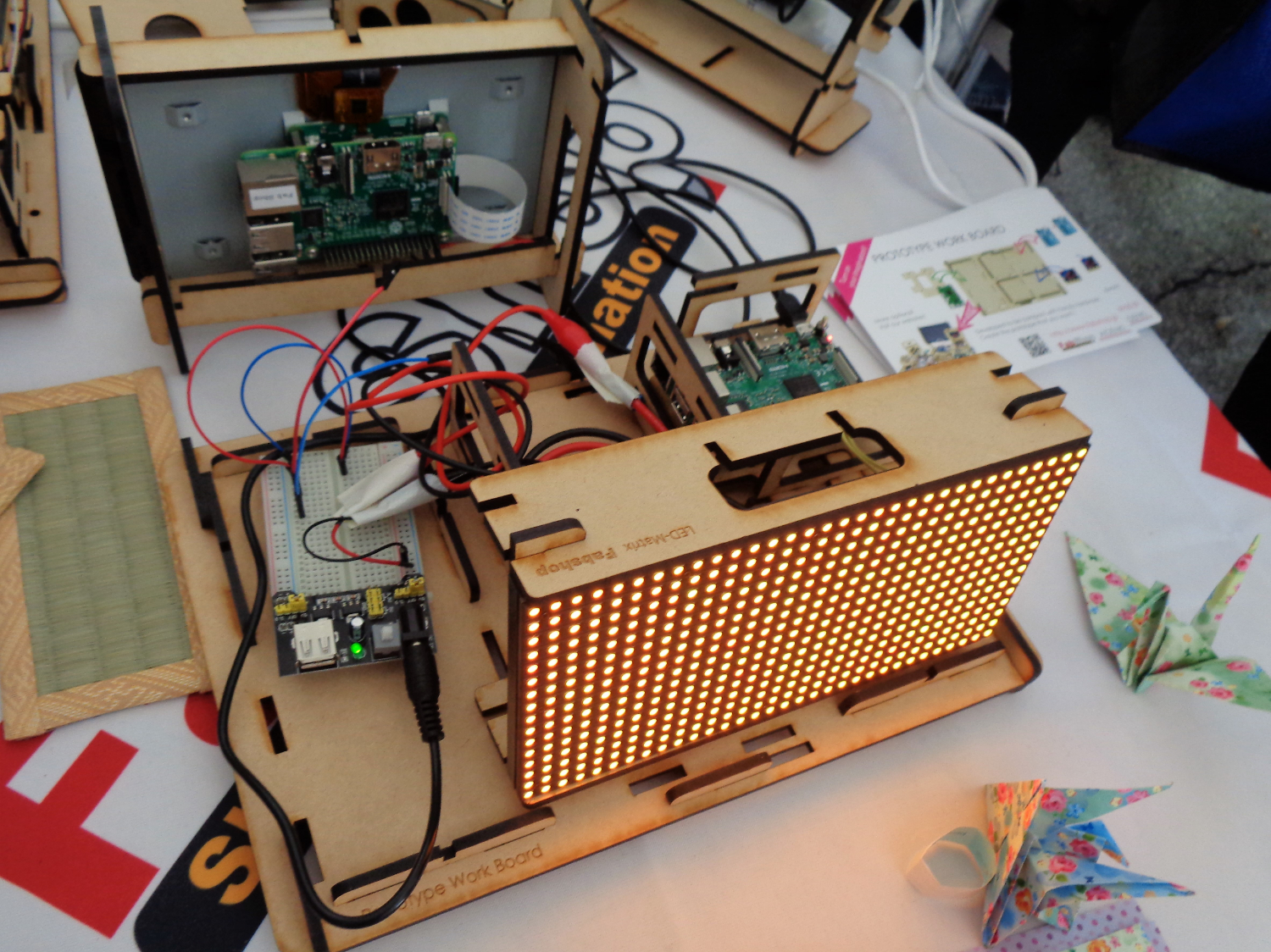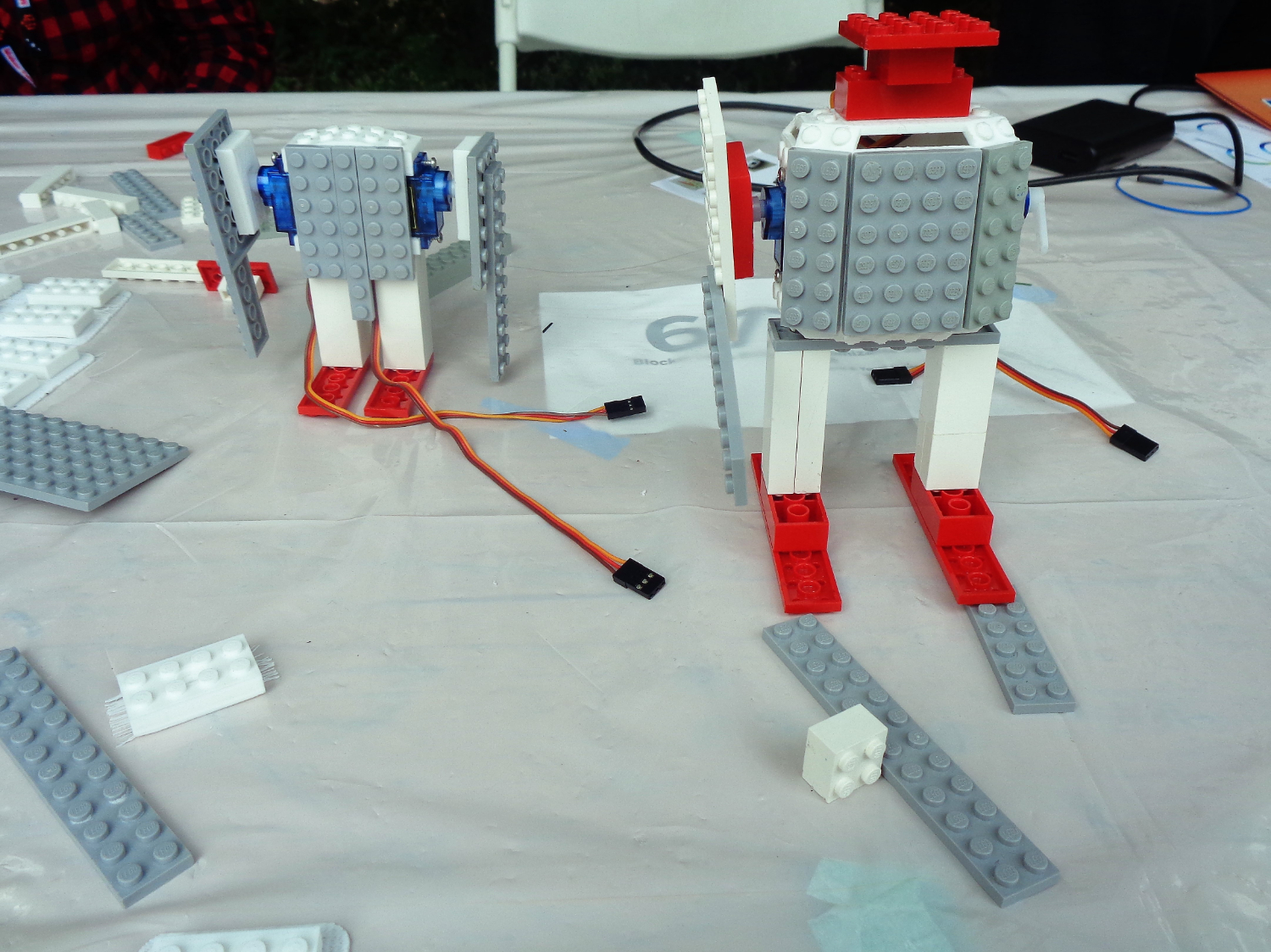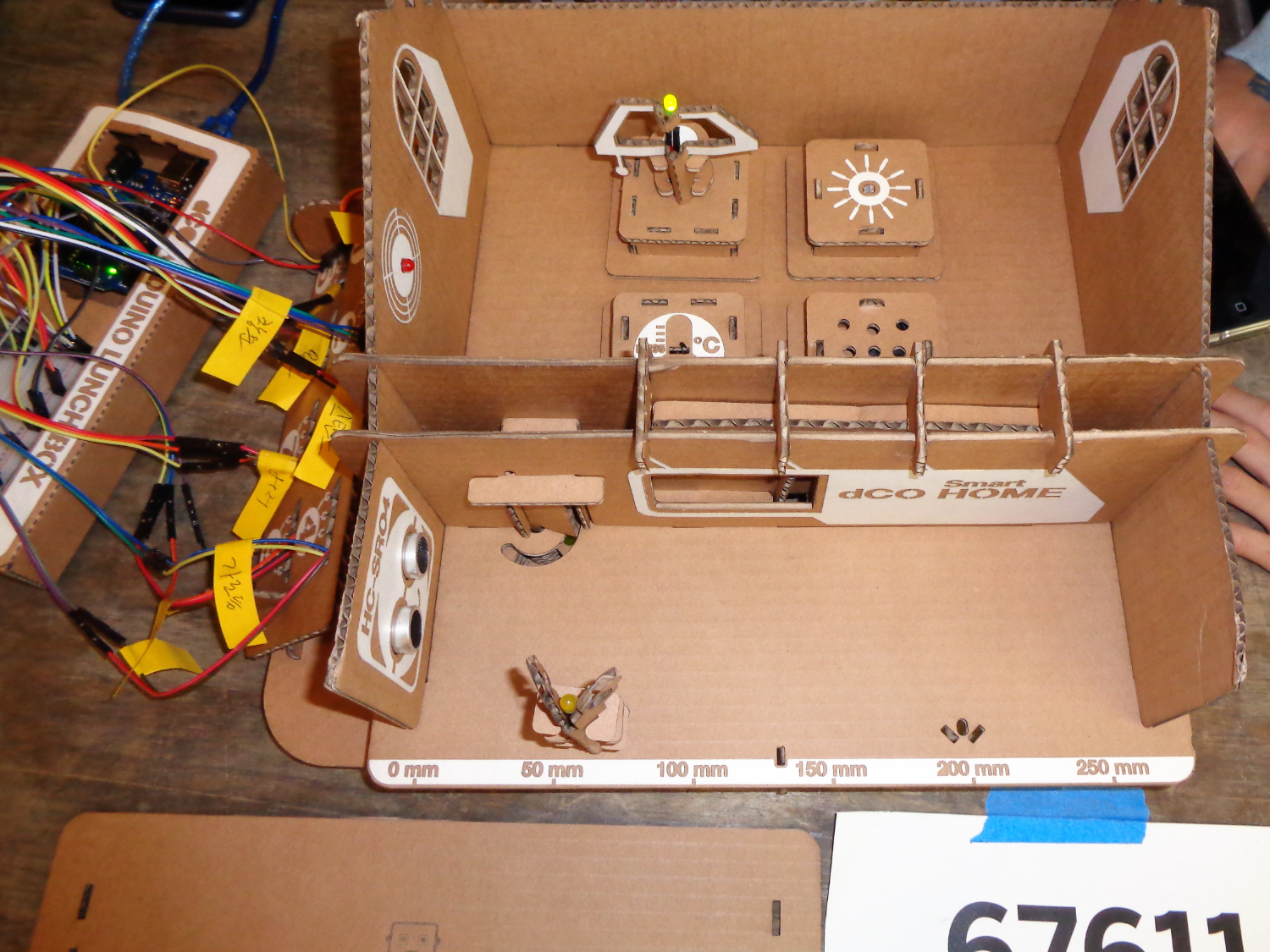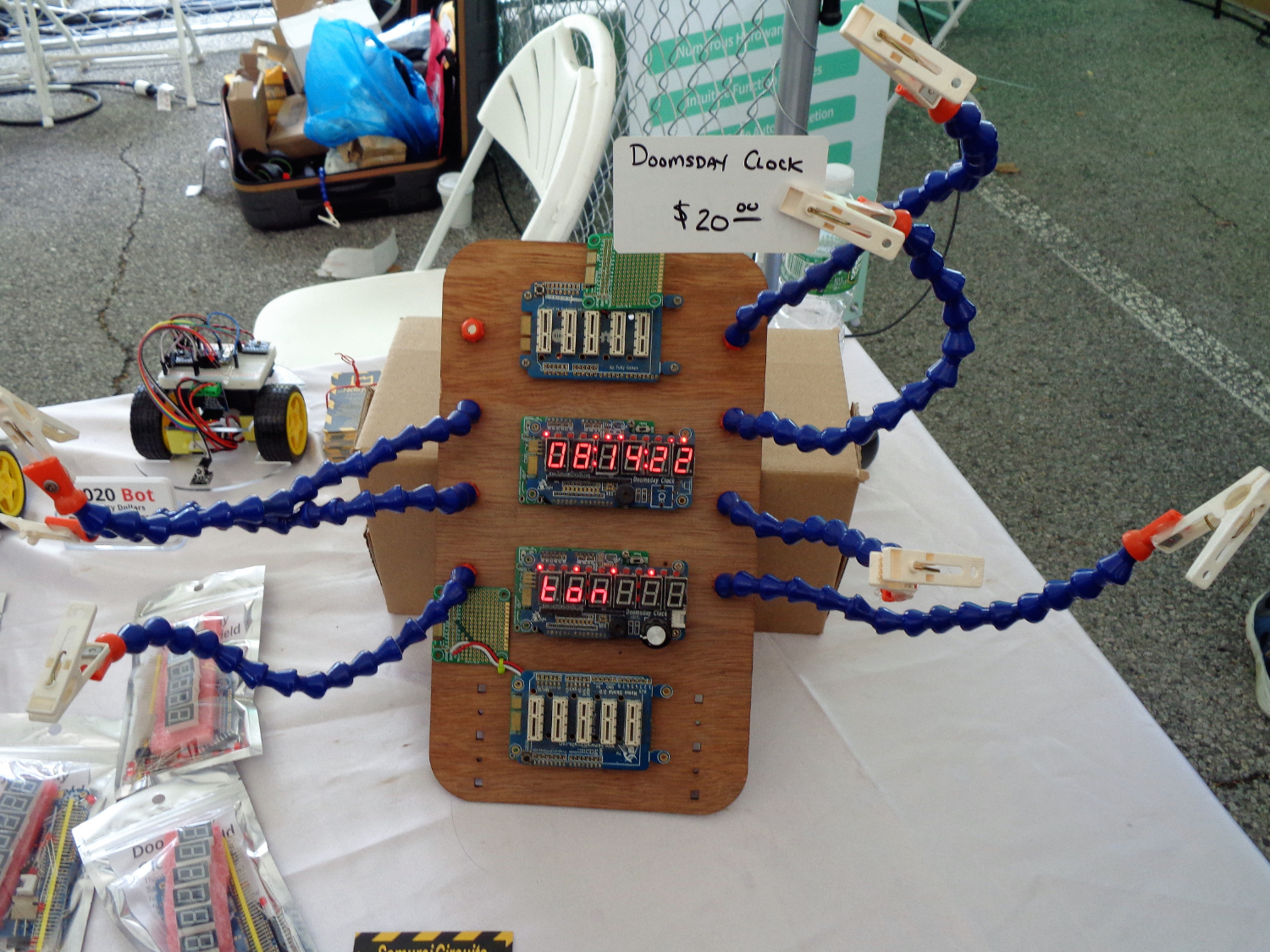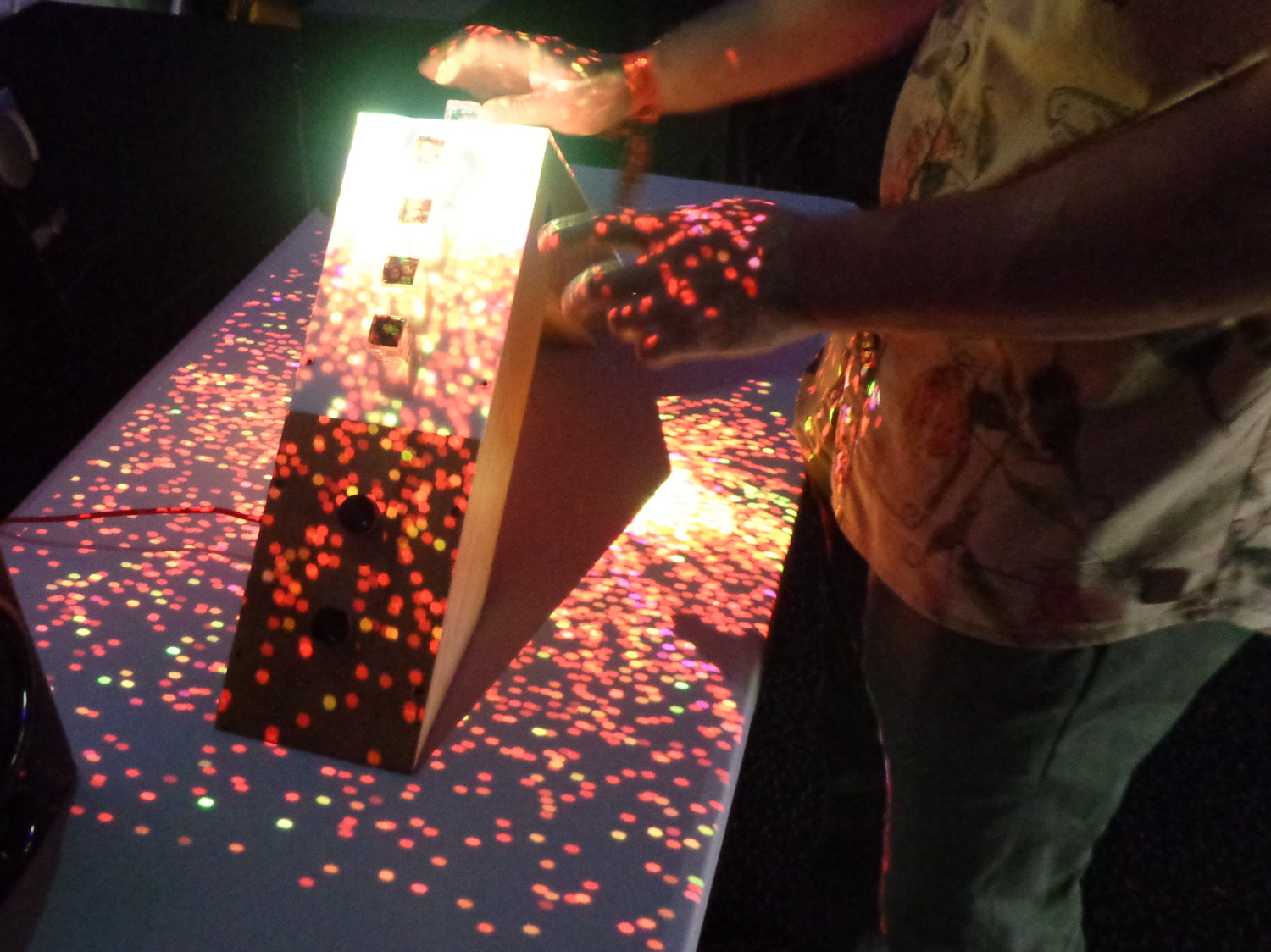The 21 Coolest Things We Saw at Maker Faire 2018
21 Coolest Things at Maker Faire 2018
World Maker Faire New York is a weekend-long celebration of the creativity, ingenuity, innovation and trailblazing DNA of maker culture. Make: magazine first launched Maker Faire in 2006 in San Francisco, bringing together inventors of all ages to showcase their DIY projects and explain to the world how they dreamed up their concoctions.
With thousands of attendees and countless workshops, exhibits, presentations and enthusiasm, this weekend’s New York City stop of the Maker Faire did not disappoint. Makers definitely brought their A-game to Queens’ New York Hall of Science.
The ultimate showcase of gadgets and gizmos, this year brought a bounty of creations sure to leave tech enthusiasts in awe. We’re bringing you 21 of our favorites. From a car-crushing robot arm to a human arm equipped to shoot real fire, Raspberry Pi and Arduino contraptions and the brainchildren of stargazers and gamers, there’s something to wow everyone.
Car-Crushing Robot Arm
The Hand of Man is a 26-foot tall, hydraulically actuated robot arm that anyone can control by slipping their hand into a special glove. The monstrous arm mirrors the movements of the person donning their glove, delivering a super-human sense of empowerment to anyone who dons it.
So what do you do with an invention like this? Let attendees use it crush cars in front of a live audience, of course.
Stargazing Umbrella
Who says rain’s the only occasion for an umbrella? You won’t need a storm to find use for Part Fusion’s Planetarium Umbrella, which shows you the name and location of the stars living up above--even if you’re indoors!
Microcomputer Work Board
Japanese maker group Fabshop’s Workspace board offers a creative solution for managing Raspberry Pi and Arduino microcomputer work. It consists of a breadboard (a solderless board helpful for making temporary circuits and prototyping) and wood and comes in various designs.
Get Tom's Hardware's best news and in-depth reviews, straight to your inbox.
Lego’s Next Rival
Move over Lego, there’s a new DIY robotics kit maker in town, and he’s only in high school.
Blocko is a customizable 3D-printed robot that can be used with Arduino or Lego’s platform. Its inventor, Chroma Robotics’ Devendra Tambat, told Tom’s Hardware he wanted to offer the market a cheaper alternative to Lego Mindstorms.
Cardboard Meets Arduino
Mazellan Ko, a maker from Korean maker study group Design Coding, came up with fun ways to combine Arduino technology and cardboard by creating model buildings enlivened by a plastic model you can control.
Super-Bendy Arduino-Compatible Board
Flexy is an Arduino-compatible development board that’s so flexible you can fold it in half. This makes it a great candidate for use in wearables.
The board uses Arm’s Cortex-M0 processor and comes from MellBell Electronics. The group is also the makers of Pico, which it calls the world’s smallest Arduino-compatible board.
Credit: MellBell Electronics
Wearable Arduino Visual Aid
A14VI, short for Advanced I-Sight for Visually Impaired, is a clip-on wearable that alerts visually impaired users with a sound and vibration via iOS or Android when there’s an object nearby. Invented to make up for the items a seeing-eye dog or cane wouldn’t reach, the app also tells you the approximate distance of nearby objects,
I4VI uses an Atmel Atmega328p Arduino microcontroller running at 16MHz on a breadbox. An ultrasonic sensor detects obstacles, and a Bluetooth LE sensor connects to the app. The quartet of inventors, in grades 7 through 9, are currently awaiting their patent.
Arduino Doomsday Clock
With today’s natural disasters and political tension, sometimes it feels like the end is near. Well, you no longer will you have to wonder when that end will come with the Doomsday Clock Shield.
Samurai Circuits sells its Doomsday Clock Shield Kit for $17.98. The Arduino-compatible device is equipped with 12 individually controlled LEDs, a 12C interface socket, six 7-segment LEDs, a photo resistor, a beeper and plenty of solder points.
Raspberry Pi-Powered Interactive Sound Sculpture
Sonic Moonbeam combines a Raspberry Pi and the Teensy USB-based microcontroller development board to create a dazzling display of lights that interacts with the sounds made by pressing the buttons that run along its length. With different instrument options and colors, Balma Soto created an interactive sound sculpture pretty enough to rival the old-school disco ball.
Kalimba PC Gaming Controller
Jieruei Chang originally invented Kalictric to teach how to play the kalimba. It adds to the instrument Raspberry Pi, a MPR121 capacitive touch sensor and a number of coded alligator clips to interact with how a student plays and display instructions and lessons on a monitor.
But what we really loved was the 12-year-old’s turning it into a PC gaming controller. Look at him play Tetris with a kalimba like it’s not absolutely amazing.

Scharon Harding has over a decade of experience reporting on technology with a special affinity for gaming peripherals (especially monitors), laptops, and virtual reality. Previously, she covered business technology, including hardware, software, cyber security, cloud, and other IT happenings, at Channelnomics, with bylines at CRN UK.
-
milkod2001 I really like Wrist-Mounted Flamethrower. Should have been used on guy who enabled video auto-play here.Reply -
Bluemax I agree that the wrist-mounted flamethrower is pretty neat. I showed some of my students a few of these Maker Fair concepts and they became completely caught by dreaming up ideas of their own.Reply

